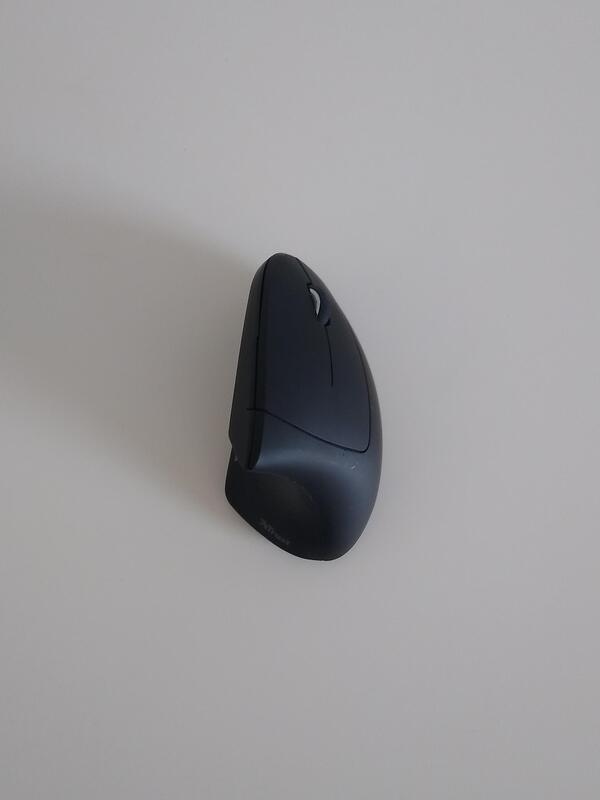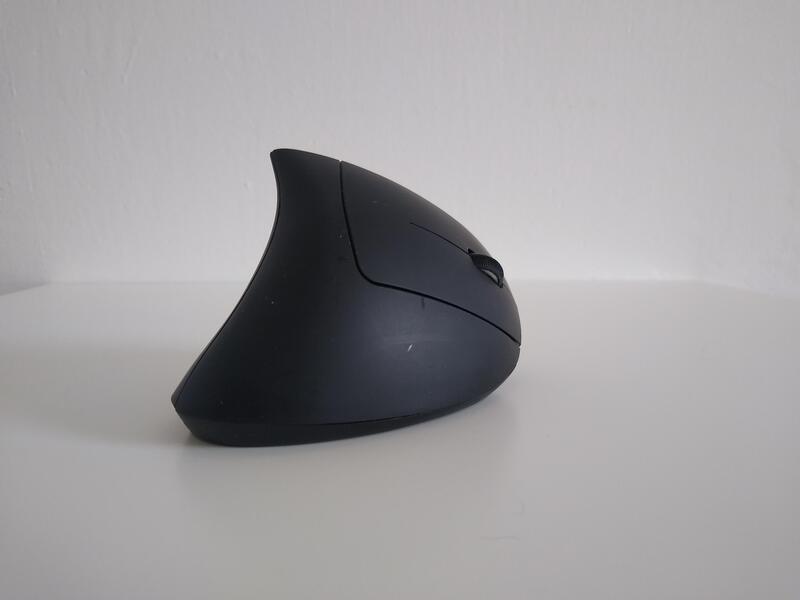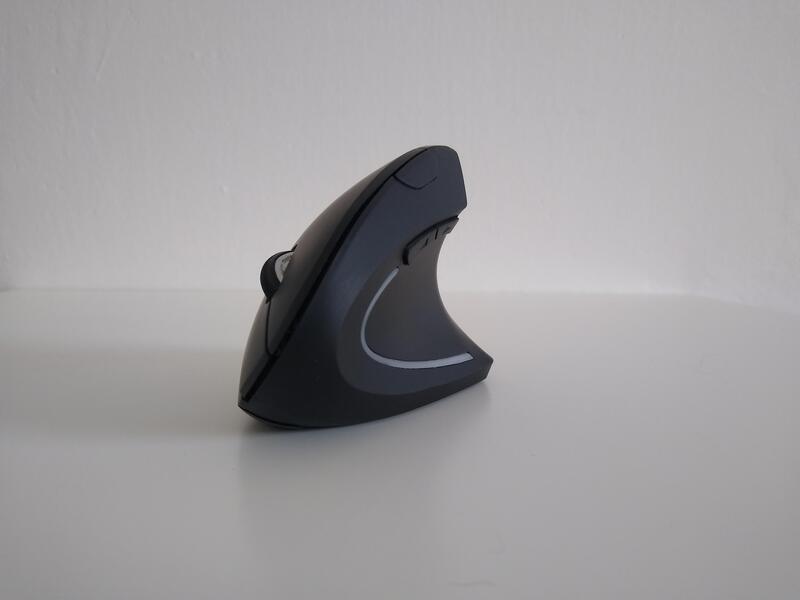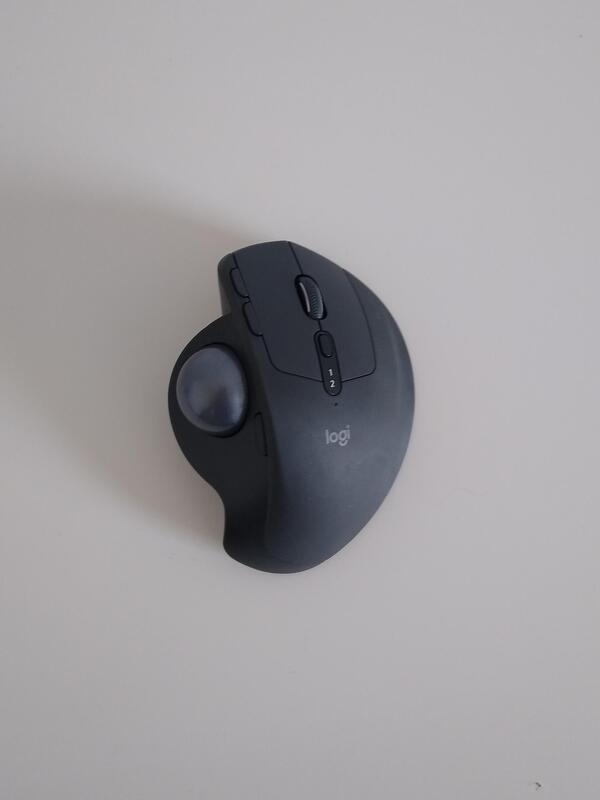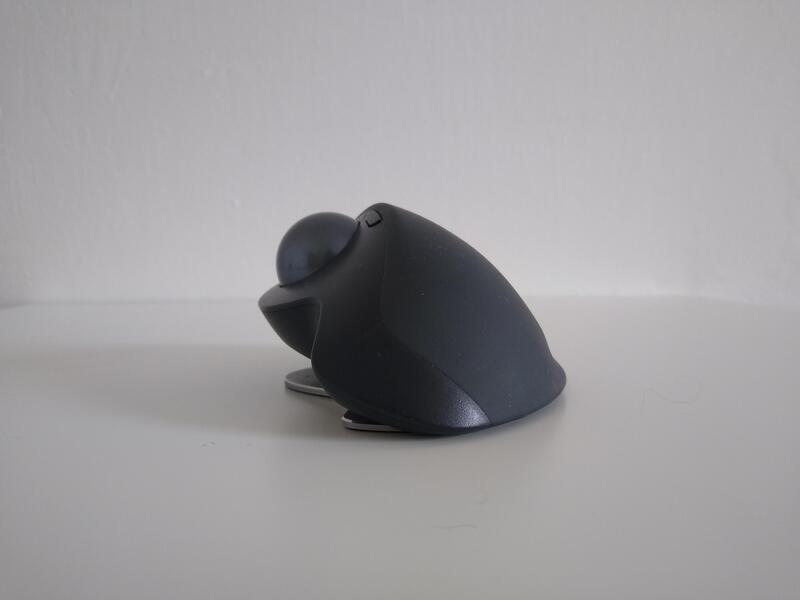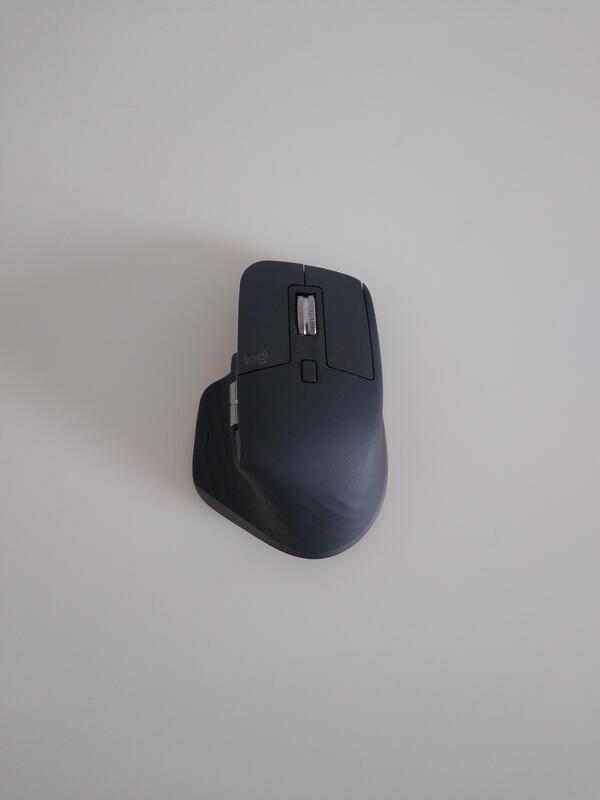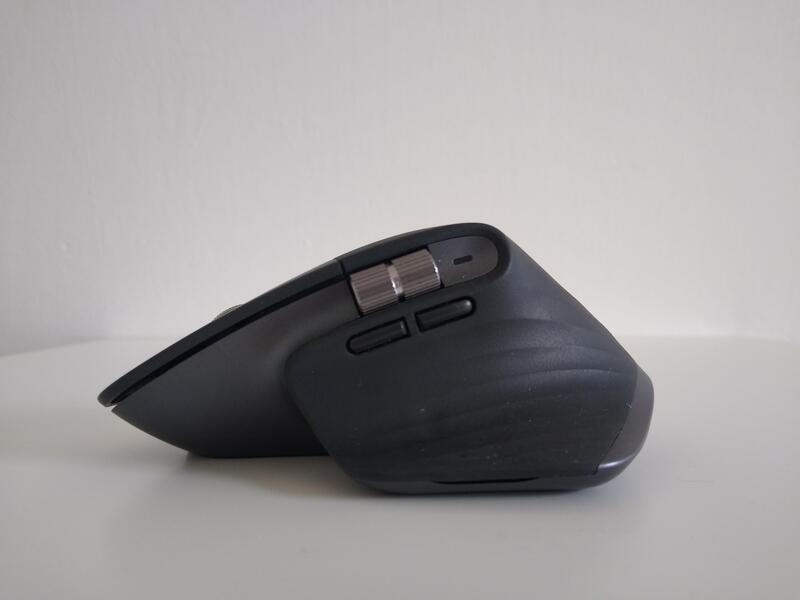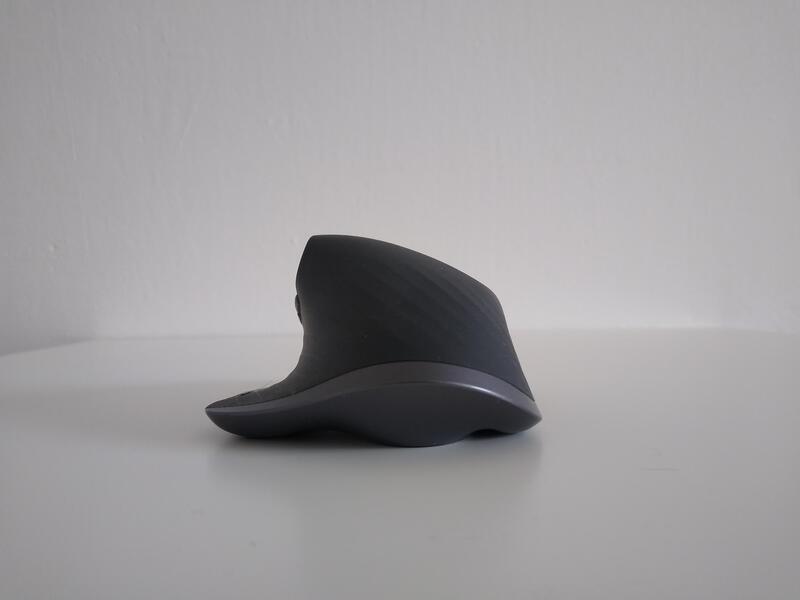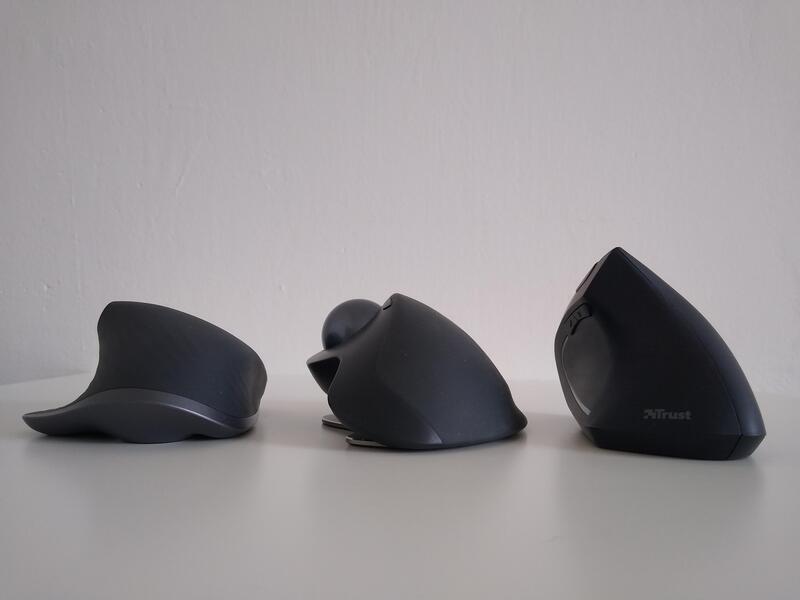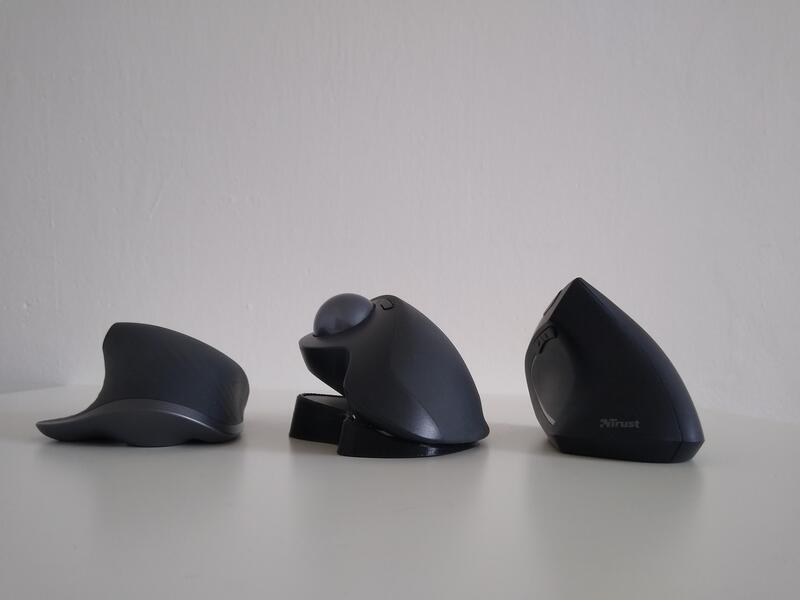A collection of reviews of ergonomic mice
For the last 3½ years, I have been experiencing various chronic arm pain.
My body has been giving me hints that it was not taking the load of work at the computer I threw at it well for about two years before then, but I did not listen.
The first pain that became so severe that it prevented me from working was from the carpal tunnel1 after intensive graphic design sessions, programming, guitar playing, and working with digital devices in general.
After unsuccessful naïve attempts (wrist rests2, wrist wraps), I was forced into a more direct approach.
In this series, I aim to give a rundown of what I tried and what ultimately stuck, hopefully helping you spend your time and money more effectively battling your pain.
Disclaimer:
- I have been to an orthopedist. Advice – reduce load, vary positions. Overall, not too helpful.
- I have big hands
- I live in central Europe (Slovakia/Czechia), which limits my product choices.
Connect IT era
The first products I tried were from Connect IT, which had a long-term marketing campaign focusing on ergonomics.
I bought the Verti ErgoMax – since it looked like it would fit my large hands well – and a mouse pad with a wrist wrest, which they marketed for use with their vertical mice for heightened ergonomics.
You cannot use a mouse pad with ergonomic mice; it does not work. Try laying your hand on the table as if you were holding one. There is no space.
The mouse was okay, but nothing stellar. The shape was mostly good at looking weird. After several months of use, the mouse broke down, and I returned it. After several experiences, I would recommend avoiding this company.
Trust Verto
I have heard good things about the Anker Vertical mouse. It’s almost impossible to get it in Europe, but I later found out that the Trust Verto was the exact same mouse, down to the renders they used to market it.
It was my daily driver for six months and eliminated my wrist pain. I became a big advocate of vertical mice – this article was initially supposed to be about them.
After six months, the honeymoon ended. The mouse wheel started malfunctioning to the point of being unusable, and more importantly, health issues started arising.
While the vertical mouse model works wonders on the carpal tunnel, it introduces excessive stress on the forearm muscles, which are used to press the buttons, as you have to squeeze your hand slightly to prevent your mouse from moving when clicking.
After almost a year of usage, I could no longer use a vertical mouse. Around the same time, the mouse broke down. After a year, I returned it and got a replacement, which I occasionally use.
Logitech MX Ergo
Due to this fact, I got interested in trackballs. I considered the Logitech M575 and the Logitech MX Ergo, the only sub-100€ options I could find.
I slightly impulsed-bought the MX Ergo when I found a listing for around 60€ on a local second-hand market.
It was the better choice, albeit more expensive, in the long term. I semi-regularly use the customisable tilting, but usually on the higher setting. But since the higher tilt is basically vital for me, I am glad for this feature (I even 3D-printed the ‘Plus’ version stand to additionally increase the tilt).
I became a huge proponent of trackballs.
After around five months, I landed with a repetitive strain injury on my right thumb. A thumb-operated trackball is inherently imprecise – do not let the marketing fool you. On high-precision operations, you have to strain your thumb a lot to achieve the desired accuracy, or you have to use the high-precision mode button, which slows down the mouse speed but also slows down your speed.
This started around the time I signed up for two courses in graphic design after a lengthy break. I realised very soon that you just cannot do graphic design with a thumb-operated trackball unless you want to risk losing your hair and your thumb.
Logitech MX Master 3
Around this time, I also started experiencing pain in my index finger due to the high amount of scrolling I had to do while working on web design.
Since I needed high precision and a better way to scroll, I started looking at Logitech’s hyper-scroll. I also realised that my past issues with mice were partly caused by their size, which was too small to support my palms, which further incentivised me to try full-size standard mice.
My first choice was the M720 Triathlon, which had the functionality I needed but at half the price. I called off the buy at the last moment as I found out the mouse was too small for my large hands. My girlfriend currently owns one, and she is very happy with it. To my dismay, however, I found that it does not have SmartShift, which would have been a dealbreaker for me, but she doesn’t mind.
I borrowed an MX Master 2S from a friend, and I liked it a lot – it just about fit my hands, but it was lower than I had hoped. I got my hands on an MX Master 3, which seemed much higher, so when I found a listing for it for 45€, I bought it right away.
It has been a part of my daily driver set for 4 months now. I am not entirely satisfied with the scroll wheel, which is too heavy for me and has a muddy feel due to the magnets. However, while I like the mechanical qualities of the scroll wheel on the 2S, it is too light to be practically used in free-scroll mode, and I do prefer the silence of the 3.
Wacom Intuos CTL-480
I got this pen tablet as a gift from a good friend when she upgraded to a higher model.
I tried several times to use it as a supplement for a mouse. My experience is mixed.
Using the pen is relatively slow, especially while typing, and can be inaccurate. The driver support on Linux is fine, but not much more. There is no scrolling support, and I did not have time to try to file a bug report for it. I have mainly used this option during transitional phases.
Another big disadvantage is that a pen tablet is not very portable, so I usually only use it at my desk.
Kensington Orbit with Scroll Ring
Currently in the mail. Am very excited, as a whole-hand operated trackball is something I wanted to try for a long time now.
Other options
Of course, I have considered the Logitech MX Vertical, but the price is so high and its features so standard that unless I get it at most at a third of its price, I will never buy it. I would really like a thumb rest, however.
I have considered the Microsoft Sculpt Ergonomic mouse, but I do not want to support Microsoft I am worried that the mouse would be too small for my hands.
Conclusion
The single biggest takeaway is that no mouse is a panacea. I currently mostly use the MX Ergo and the MX Master 3; I have even created a travelling case so that they would not get damaged on the frequent hauls to the campus and back. I switch between them as often as every two hours, depending on the signals they send me.
An unforeseen consequence of thumb-operated trackballs is that they are perfect for travelling, especially on trains. You do need a little extra space to get the advantages of a mouse workflow – unless you mind the rather bulky weight of the metal plate.
I rarely supplement them with the Trust Verto, which sits on my desk.
My pain has stabilised, but it is not perfect. If I am not careful, it quickly comes back. I was recently stuck with a regular mouse, and within 30 minutes, the pain became paralysing.
Of course, mice are only part of the story.
This post is part 1 in a 2-part series on budget ergonomics.
- Part 1 – A collection of reviews of ergonomic mice
- Part 2 – Improving your workspace ergonomics on a budget



